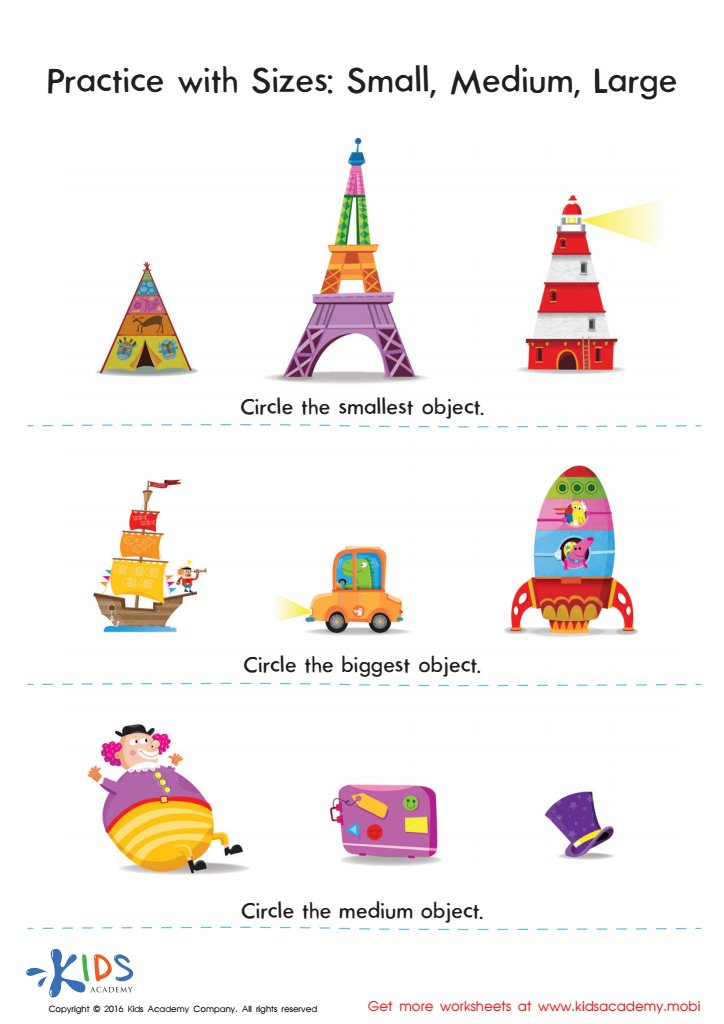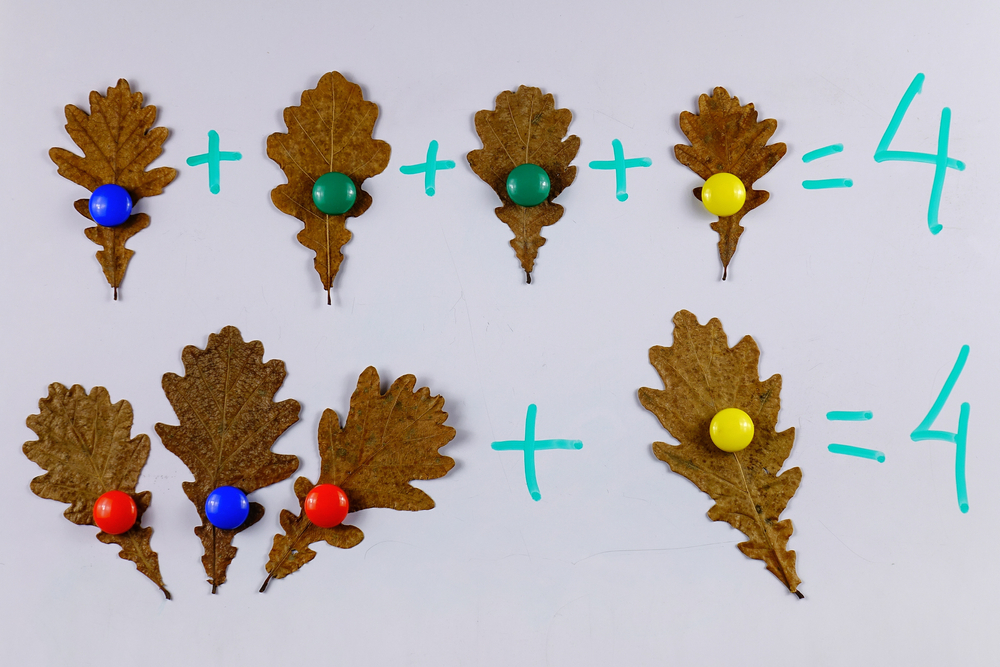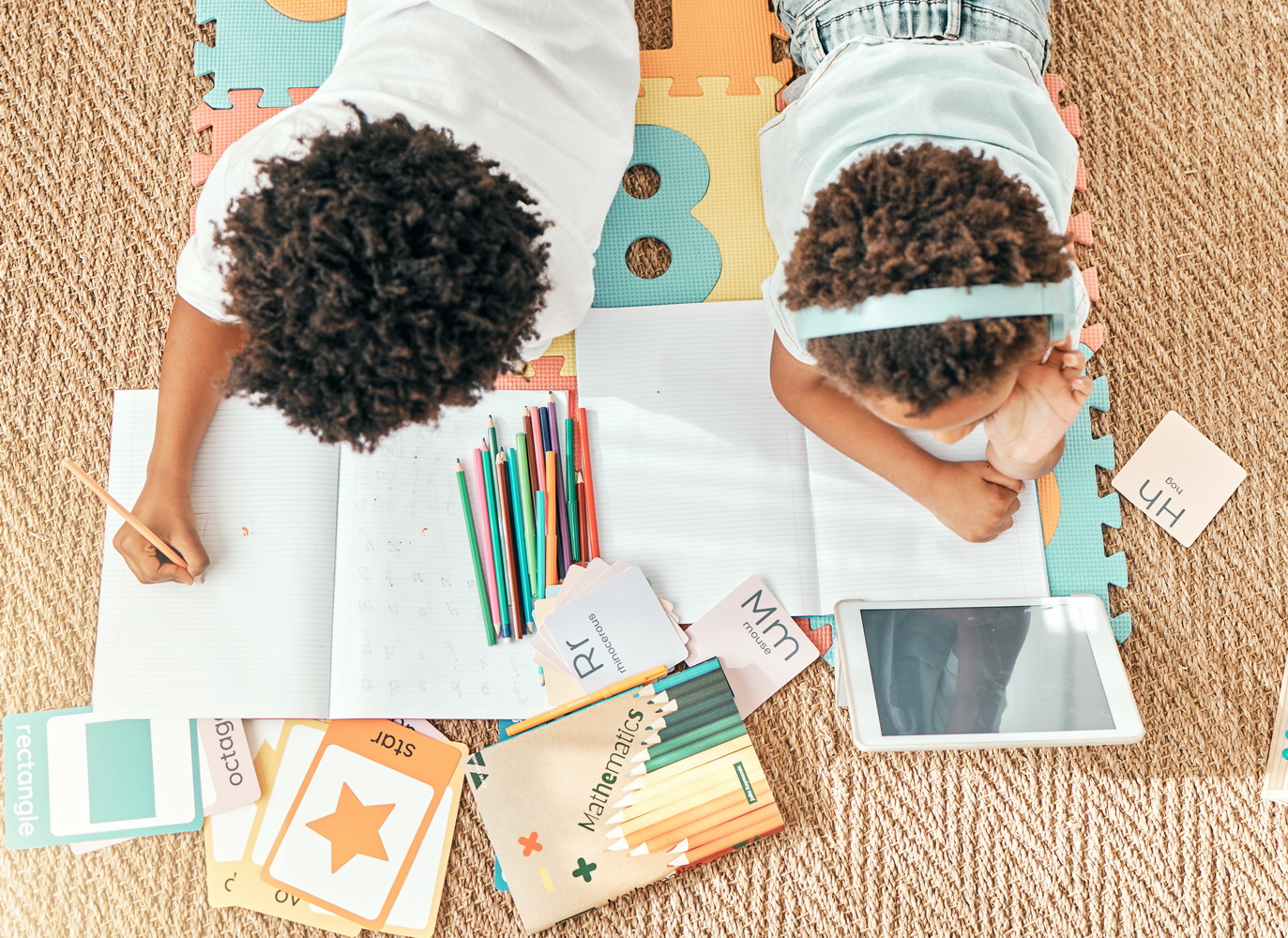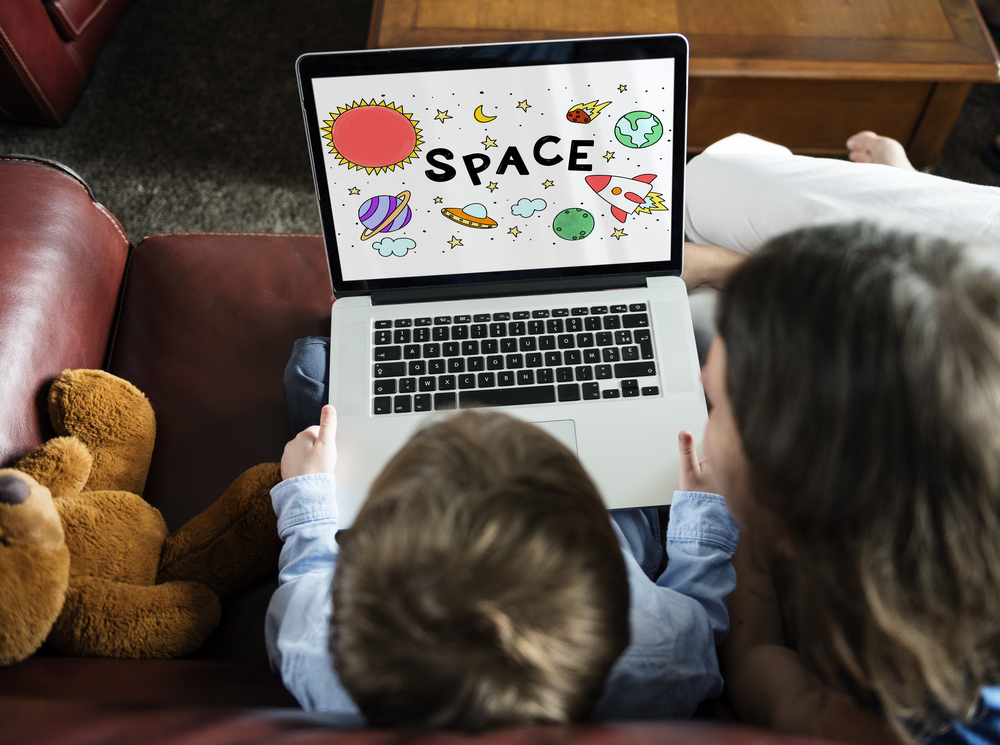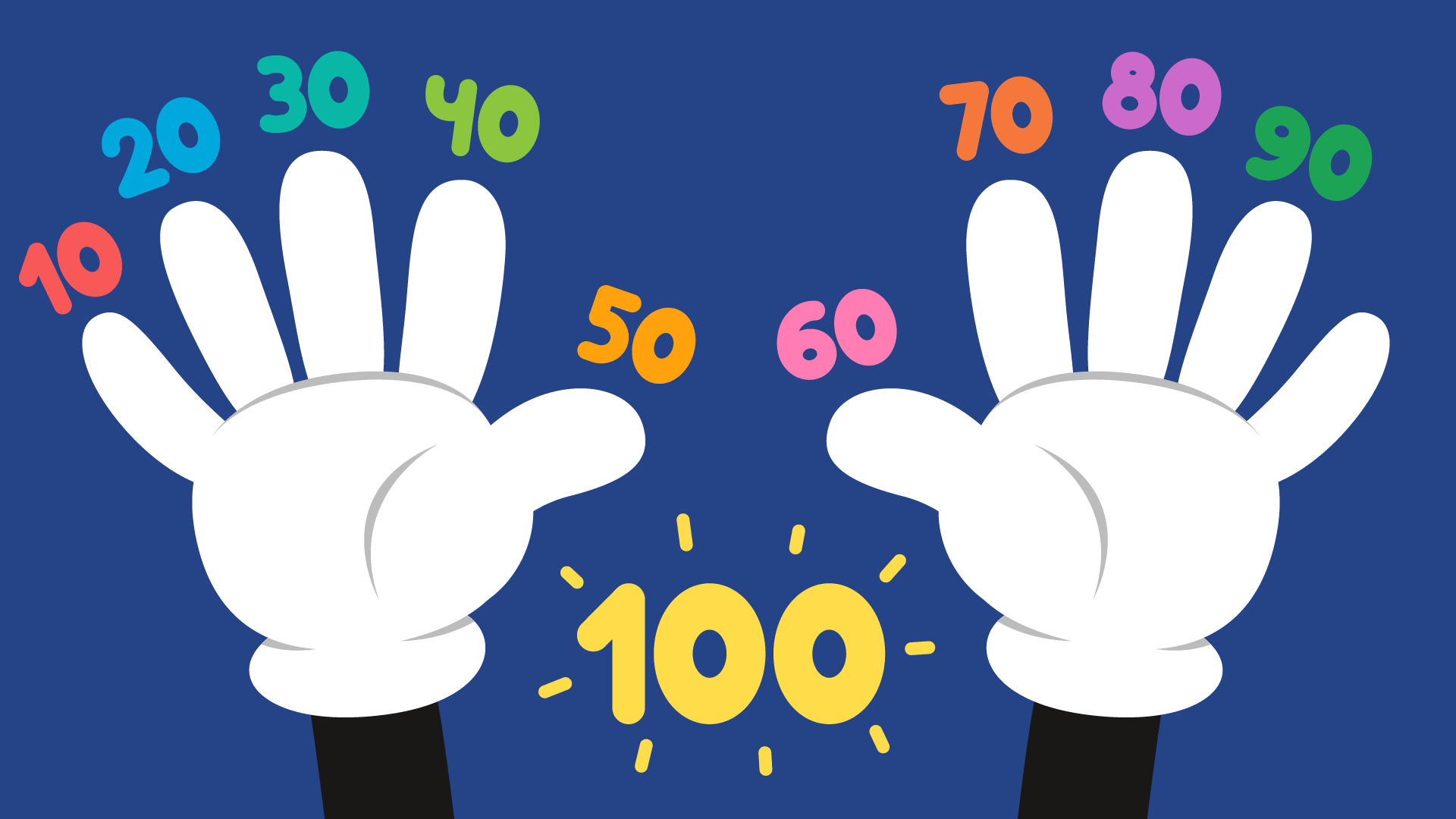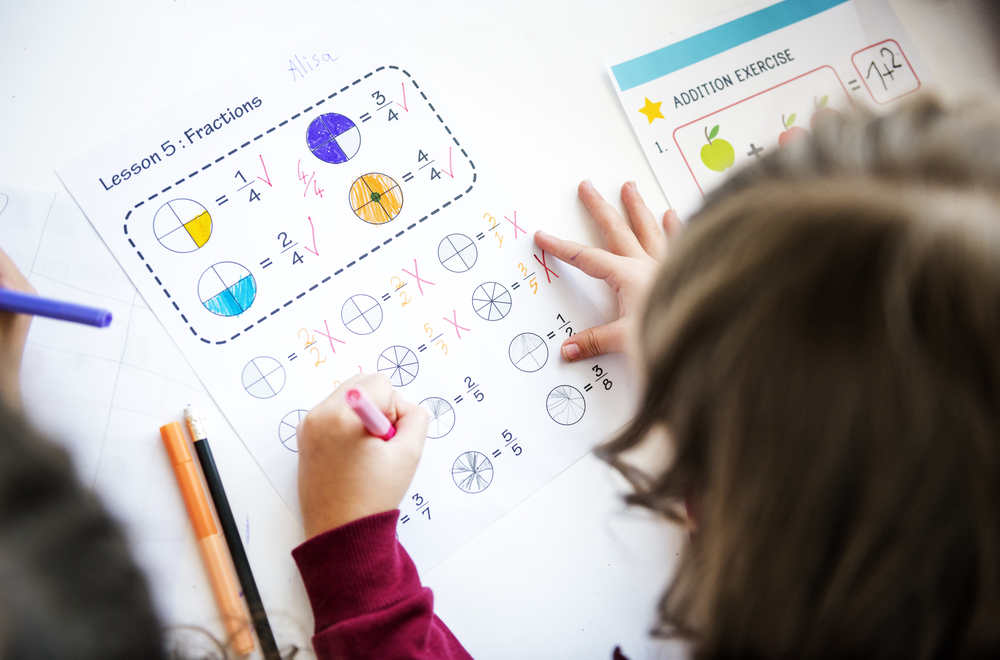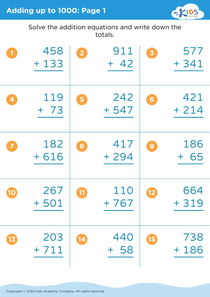Matching Worksheets for 5-Year-Olds - Page 4
75 filtered results
-
From - To
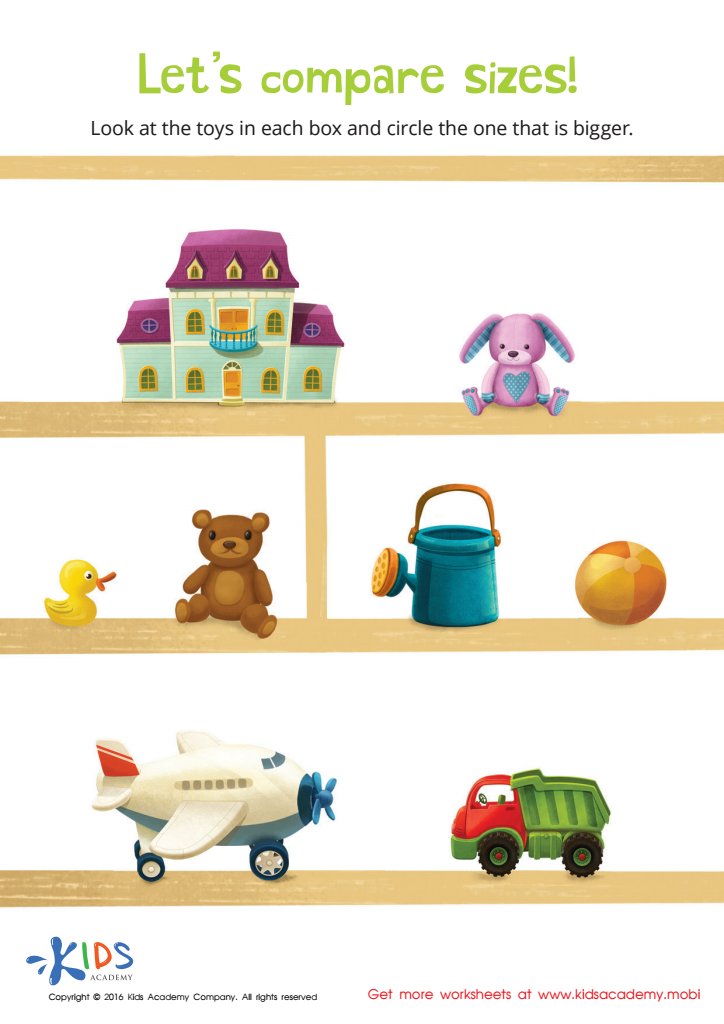

Classifying by Size Sorting Worksheet
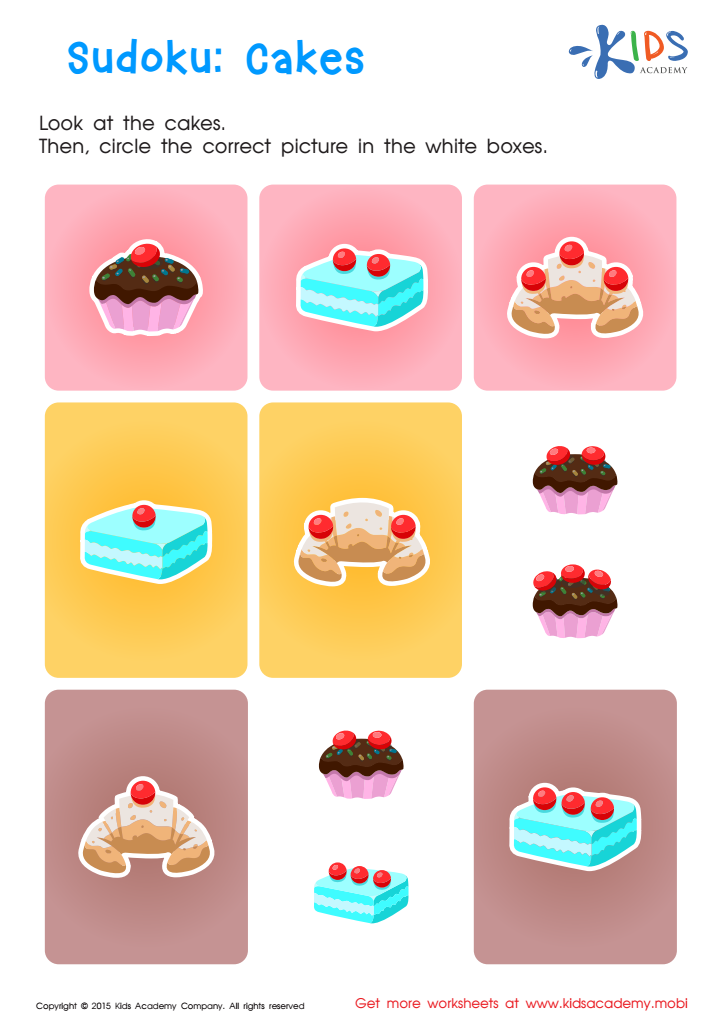

Sudoku Worksheet
Worksheets on matching are an invaluable resource for 5-year-olds, playing a pivotal role in their cognitive and academic development. These exercises are tailored specifically for young learners, ensuring that they are both engaging and age-appropriate. Matching for 5-year-olds helps in several key areas:
Firstly, they enhance visual recognition and discrimination skills. At this formative age, children are learning to identify similarities and differences among shapes, colors, and objects. Matching worksheets encourage them to pay attention to detail, fostering a keen eye for distinguishing various elements.
Secondly, these activities boost memory and recall abilities. As children attempt to find pairs or correspondences, they are essentially training their short-term and working memory. This not only assists in their immediate learning tasks but also lays a foundation for future academic endeavors.
Moreover, matching exercises are instrumental in developing language and vocabulary. Through the process of identifying and naming objects, 5-year-olds expand their lexicon. This exposure to new words in a contextual setting aids in comprehension and communication skills.
Lastly, matching for 5-year-olds promotes critical thinking and problem-solving. Children are challenged to apply logic and reasoning as they figure out how items correlate, which is a fundamental skill that transcends the classroom.
In conclusion, worksheets on matching are more than just a playful activity; they are a cornerstone in nurturing a young learner's intellectual growth.
 Assign to My Students
Assign to My Students
